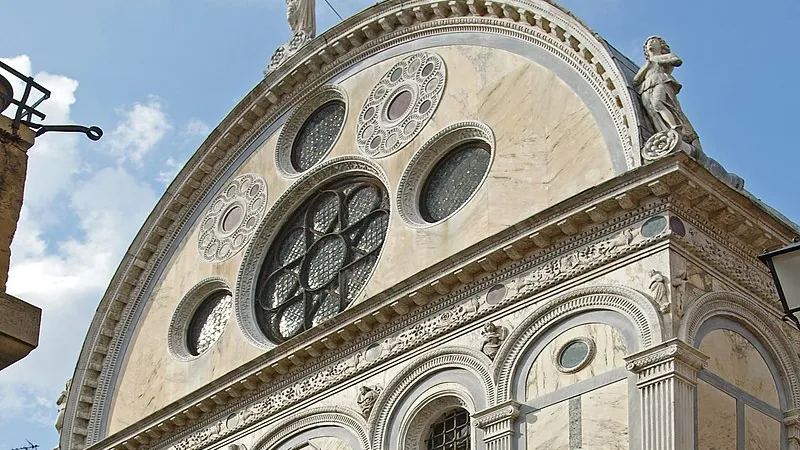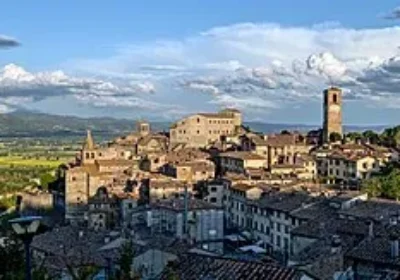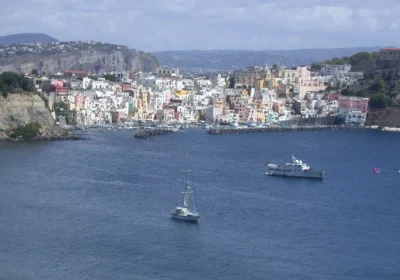It may seem like a historical joke, but according to the dating of historians, it is customary to start the countdown of the Renaissance from January 1, 1400. The meaning and significance of this stage of human history can be defined in one phrase – “the triumph of free and perfect man”. Not by chance, the basis of European ideology of that era was humanism, preaching the highest development of human abilities. This movement captures all strata of society: merchant circles, religious spheres, the masses.
Venice in the Renaissance XV-XVI is experiencing its golden period, as evidenced by the renewal of the appearance of the city – erected new churches. A striking example of pure, uncontaminated Renaissance, is the church of Santa Maria dei Miracoli, a kind of marble “box”. Not far from the aforementioned church, Lombardo’s workshop was commissioned to erect and decorate the building of a charitable and philanthropic society, the St. Mark’s School.
It is easy to make this itinerary because the very atmosphere of the Renaissance, both contemplative and active at the same time, has not disappeared to this day in Venice.
n
The tour route passes through Piazza San Marco, the monastery church of St. Zacharias, the Cathedral of Santa Maria Formosa, Palazzo Malipiero Trevisan and Palazzo Grimani on the Campo Santa Maria Formosa, the church of Santa Maria dei Miracoli, the Scuola of St. Mark, the church of San Giovanni Crisostormo. The palaces and churches house masterpieces of Venetian painters, decorative and applied arts, and an undoubted highlight of the program is learning about the lineage of one of Venice’s most influential and famous families, the Grimani family.
n
Here is a quick sketch of the most popular Venetian itinerary, “and verbosity is a perishable embellishment” wrote the great Shakespeare, and it is the professional dignity of the guide. So you will see many more interesting things during the tour.

















